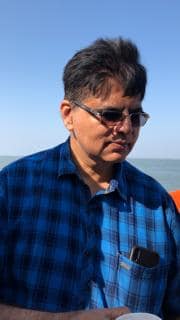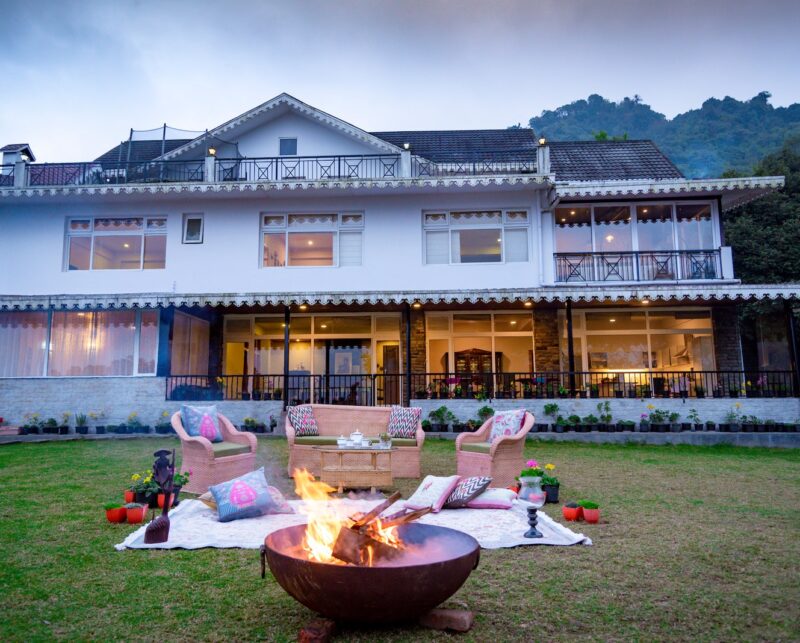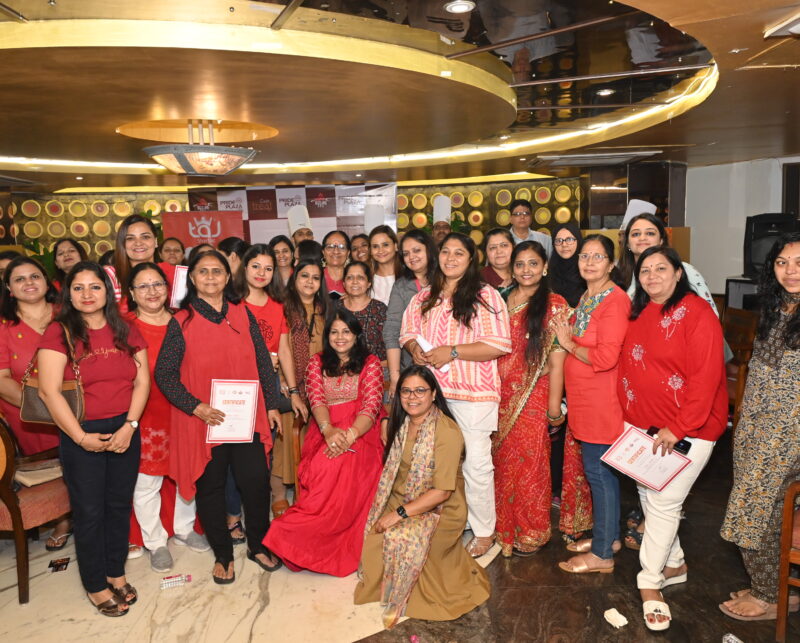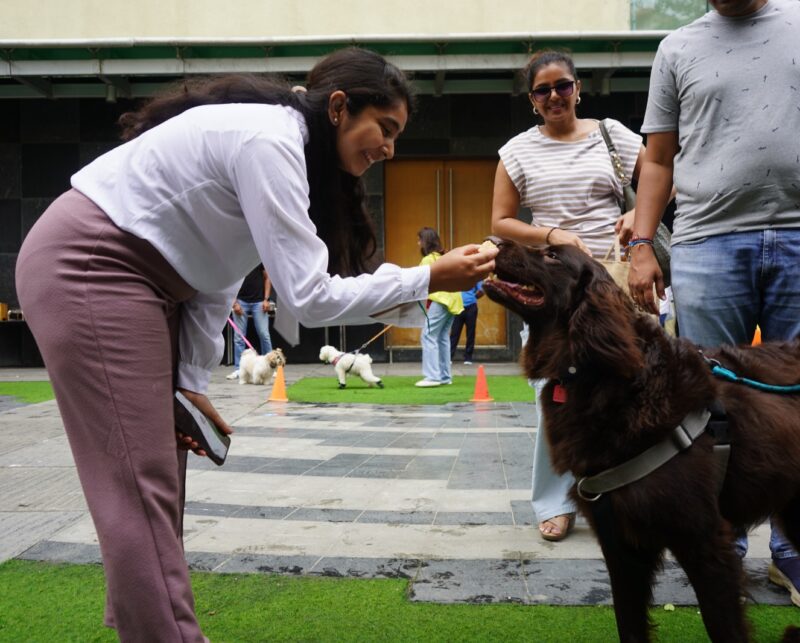Muzahid Malik of Rann Riders invited all FEA members to Rann Riders for an experience of regional food. The purpose of the trail was to bring the spotlight to such rural areas where tourism can provide valuable revenue to vulnerable populations.
The trail started at Gopi Dining Hall where FEA members gathered for a delightful Gujarati breakfast hosted by Dilip and Raju Thakkar. From here it was a drive of about 2 hours to Rann Riders, an ethnically designed resort that imaginatively combines traditional rural architecture and use of indigenous materials with modern conveniences. Here, we were introduced to the handicrafts of the region like Rabari embroidery from Dasada, Tangaliyo weaving and ikat weaving from nearby villages, and kalamkari work of the Matani Pacchedi artists from Viramgam.
Muzahid hospitably opened cottages for guests to rest and freshen up before lunch which was a generous buffet covering multiple cuisines but with a focus on the regional food – Kathiawadi food of the villages and the Mughlai food of the Malik Jagirdars. Colourfully dressed women from the village were rolling out bajara rotlas and kebabs were grilled or tava-fried at a station designed in traditional style. A surprise for many was the fish called pala, hilsa or ilish.
The hilsa is an anadromous fish that is born in fresh water, spends most of its life in the sea and returns to fresh water to spawn. Three species of this fish, Tenualosa ilisha, Tenualosa toli and Hilsa kelee, are known to spawn in Gujarat’s rivers. They spawn in the Rann during the monsoon when the salt flats are inundated with water.
The ilish was one of the lunch highlights. Muzahid also showed us his prize winning Marwari and Kathiawadi horses, and other livestock. In the late afternoon we drove to see the 12th century fort at Jhinjwada and the Little Rann of Kutch, flooded with water in the monsoon. We could see a large herd of wild ass on the flat land of the Rann.
For dinner, Muzahid had once more extended himself with a huge buffet.









